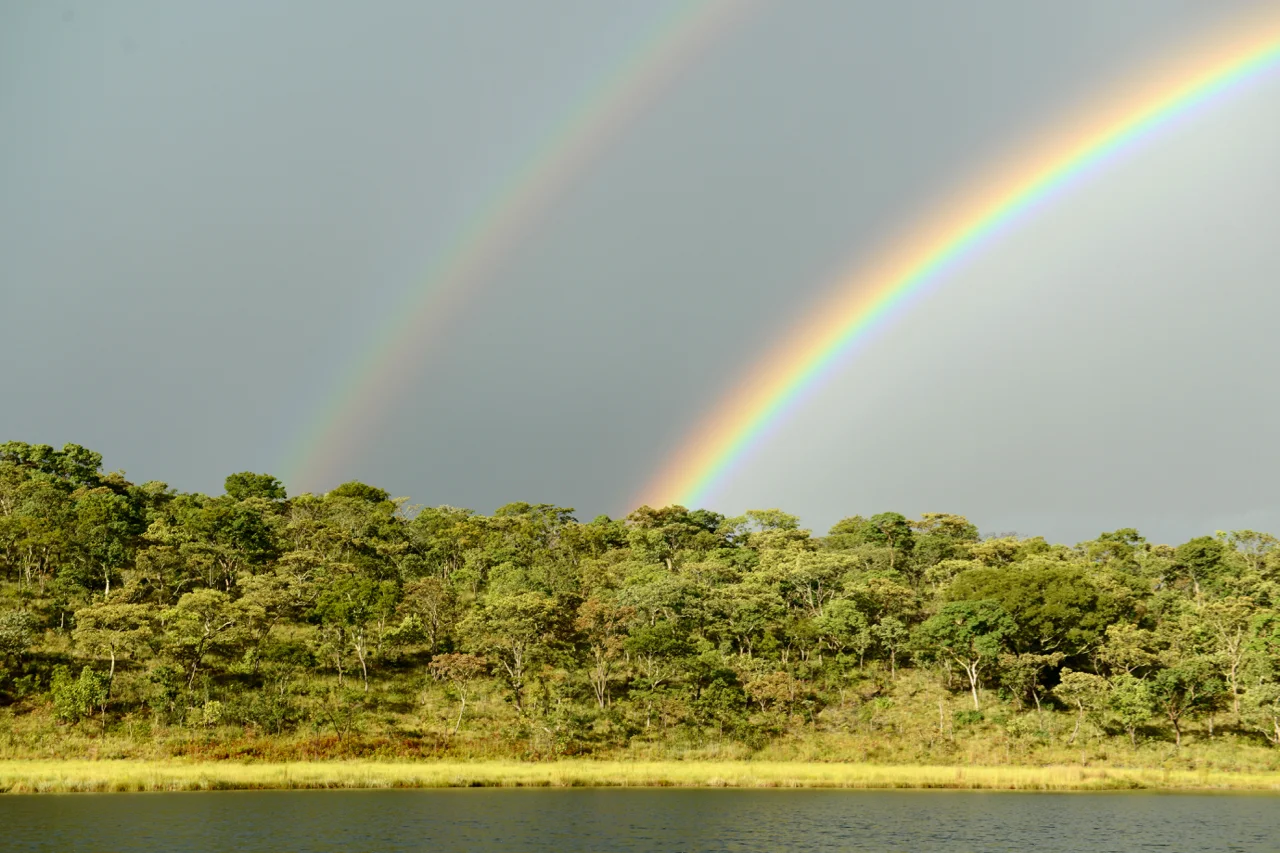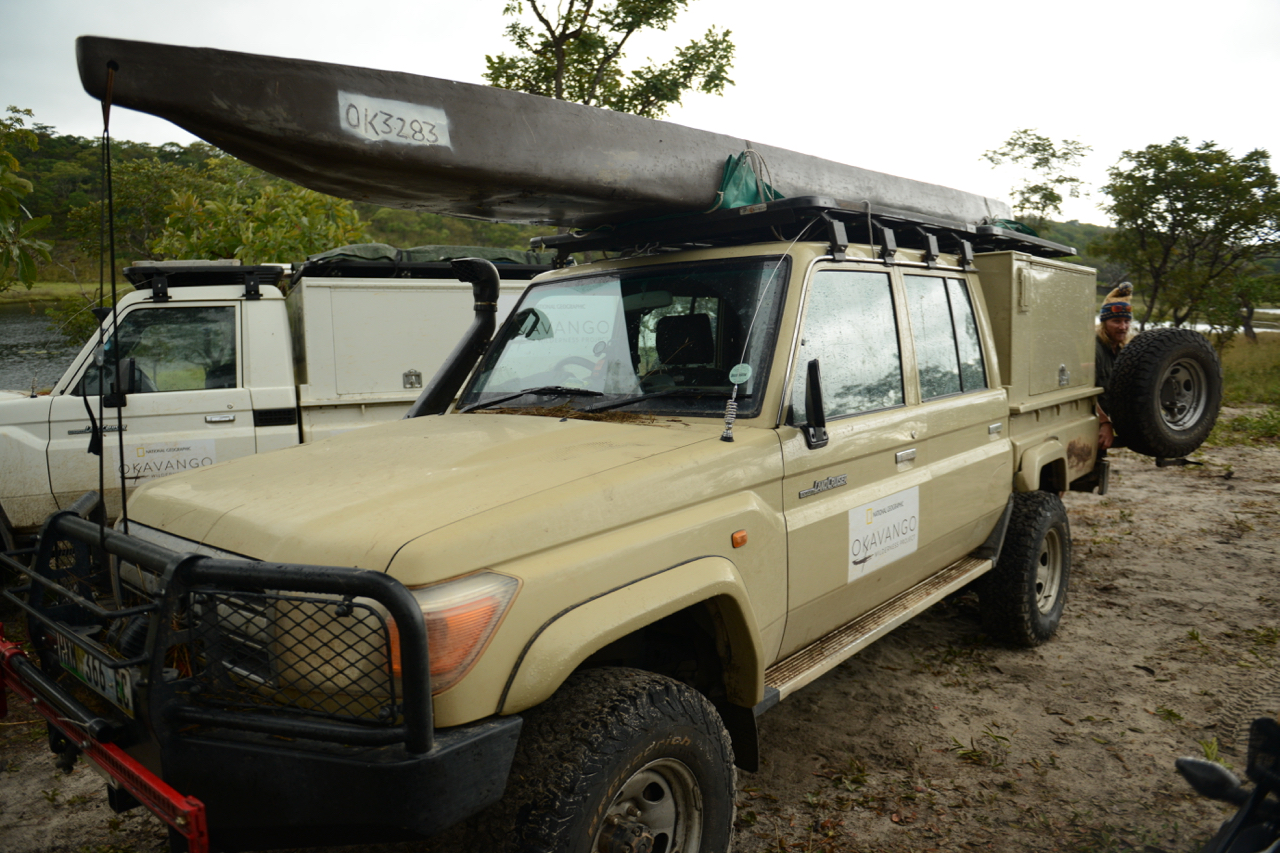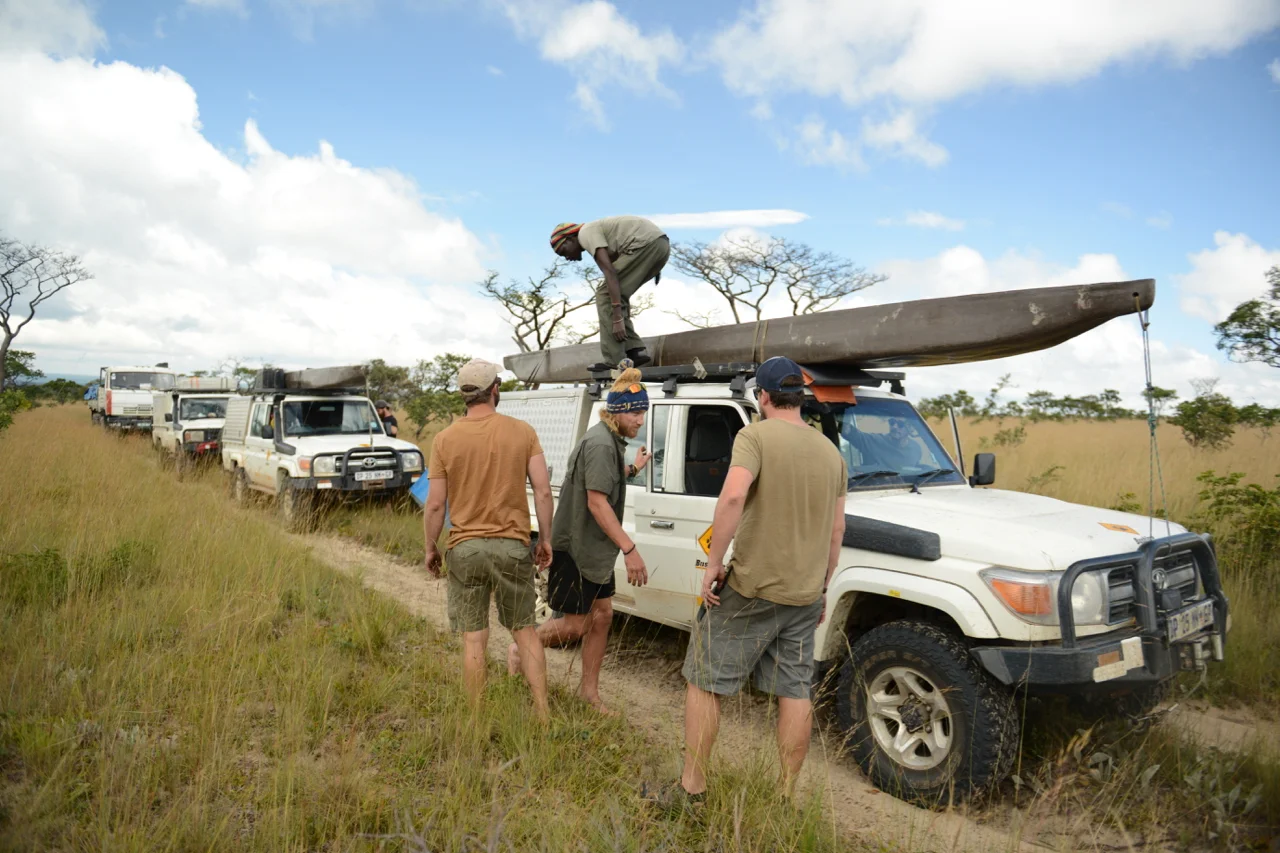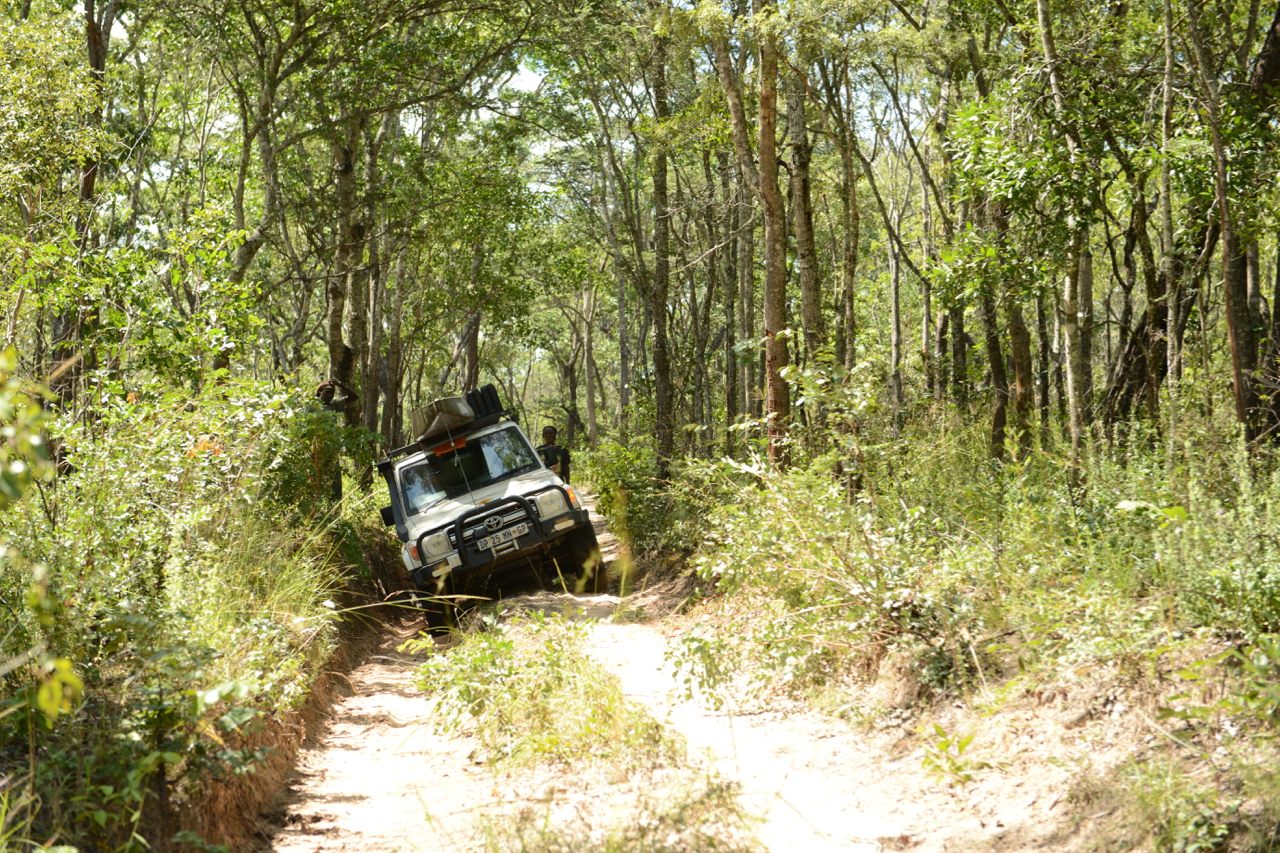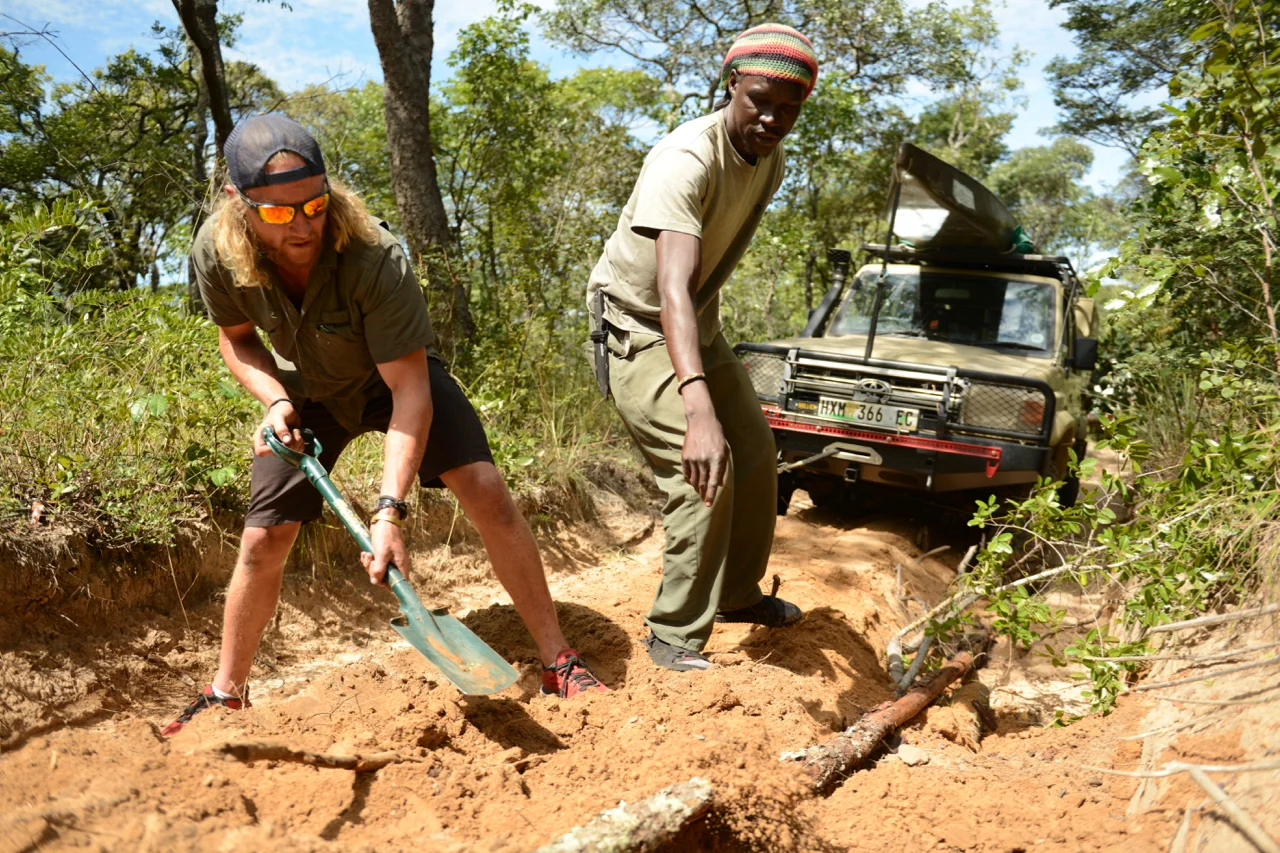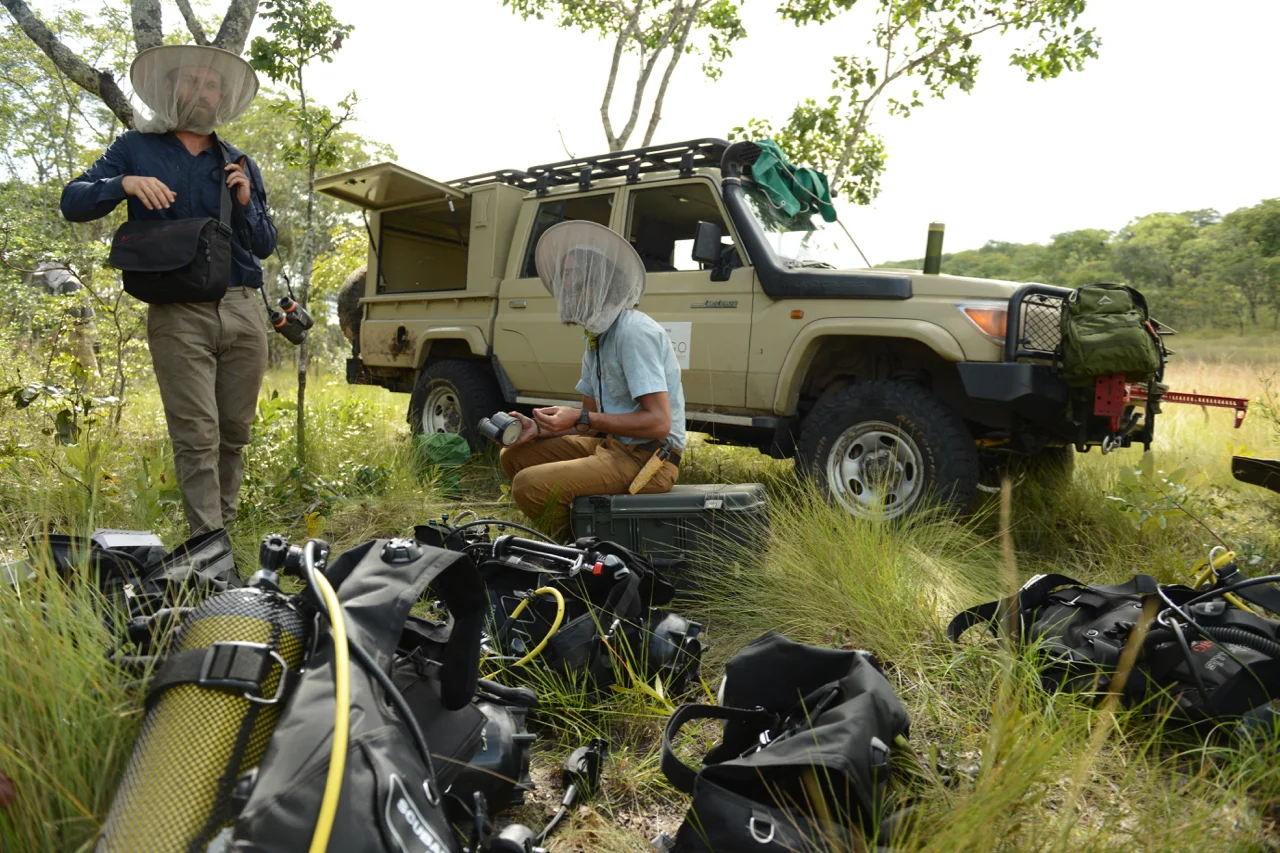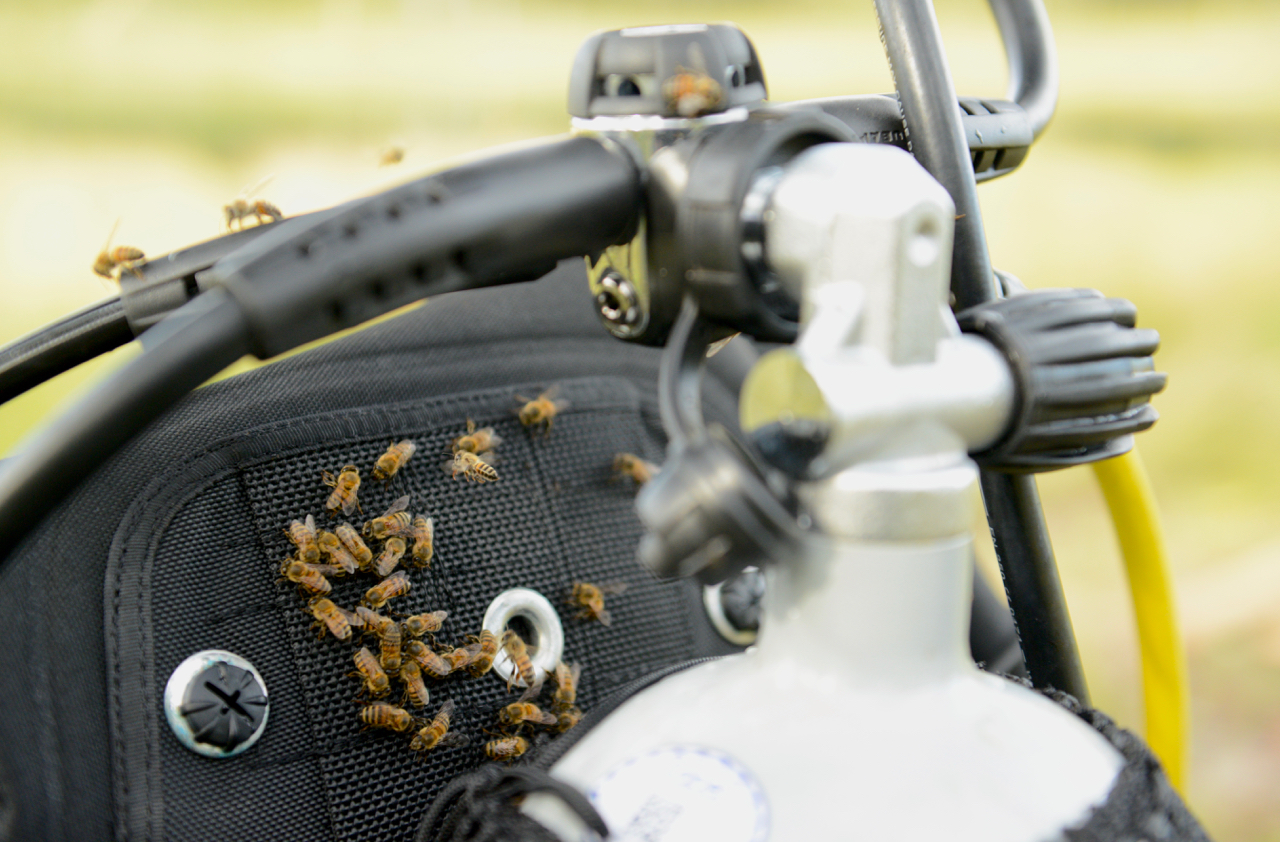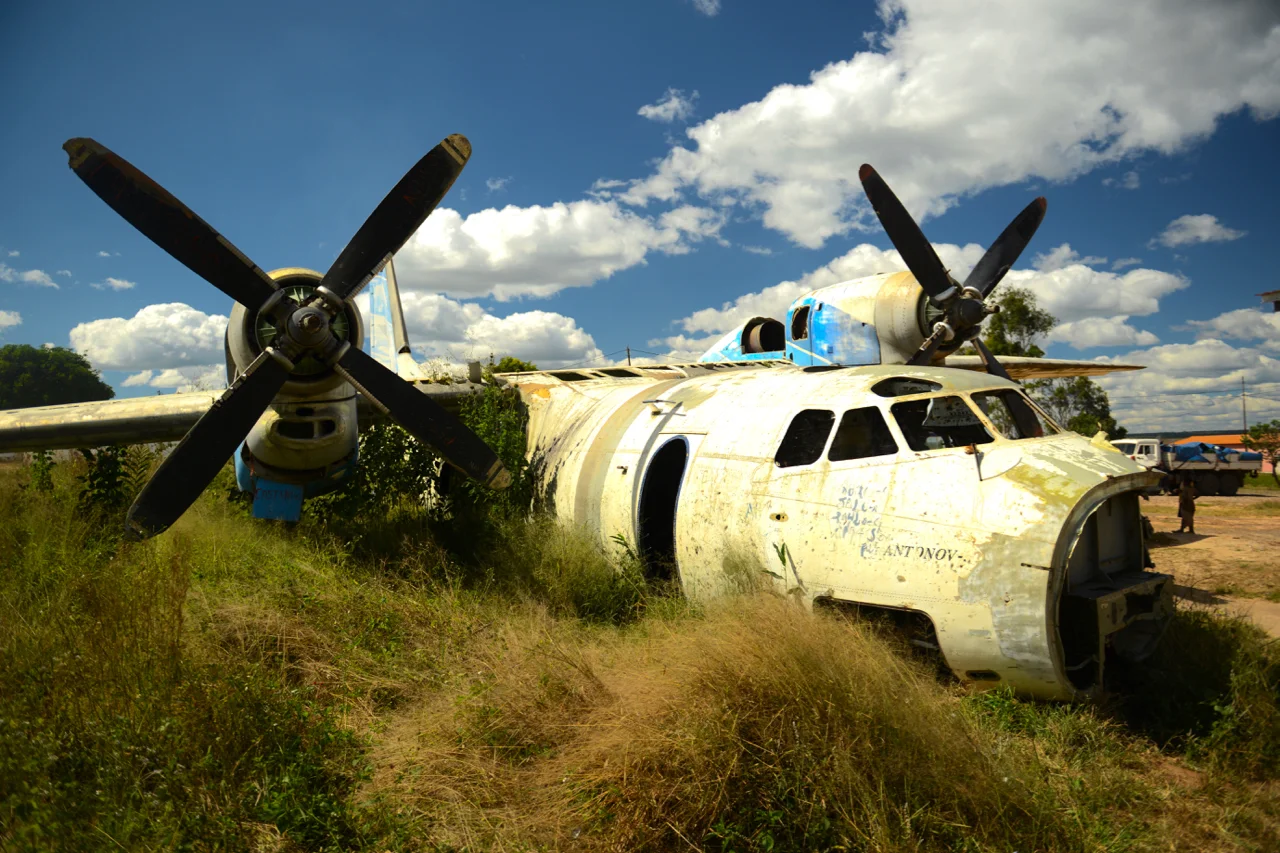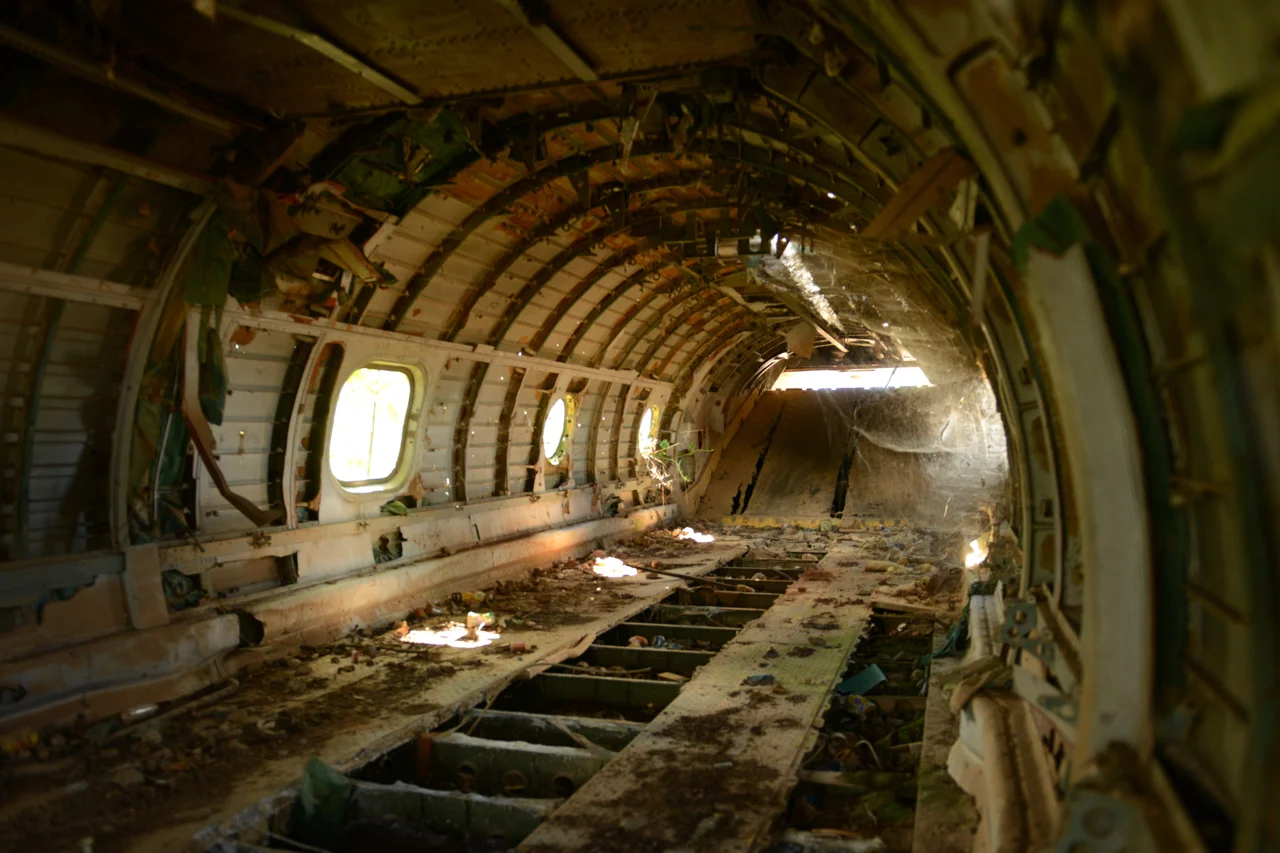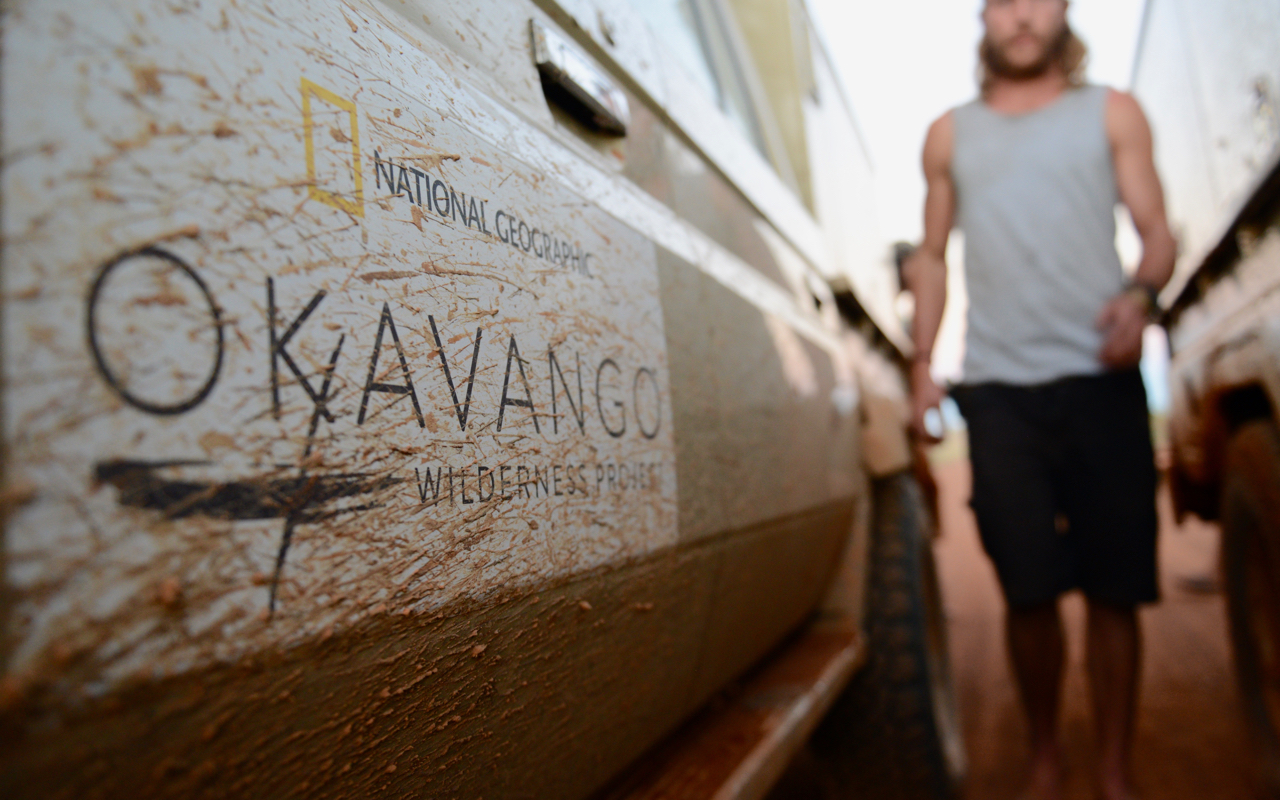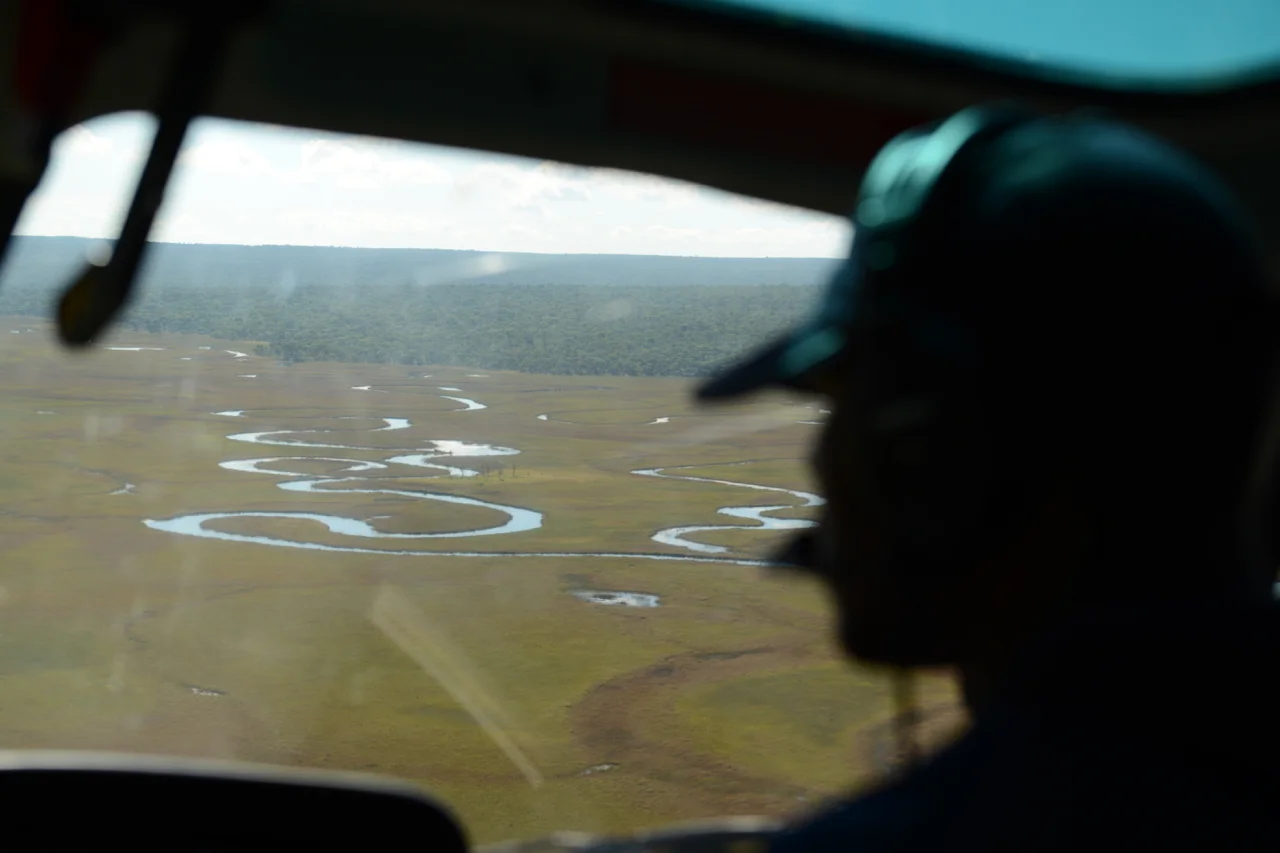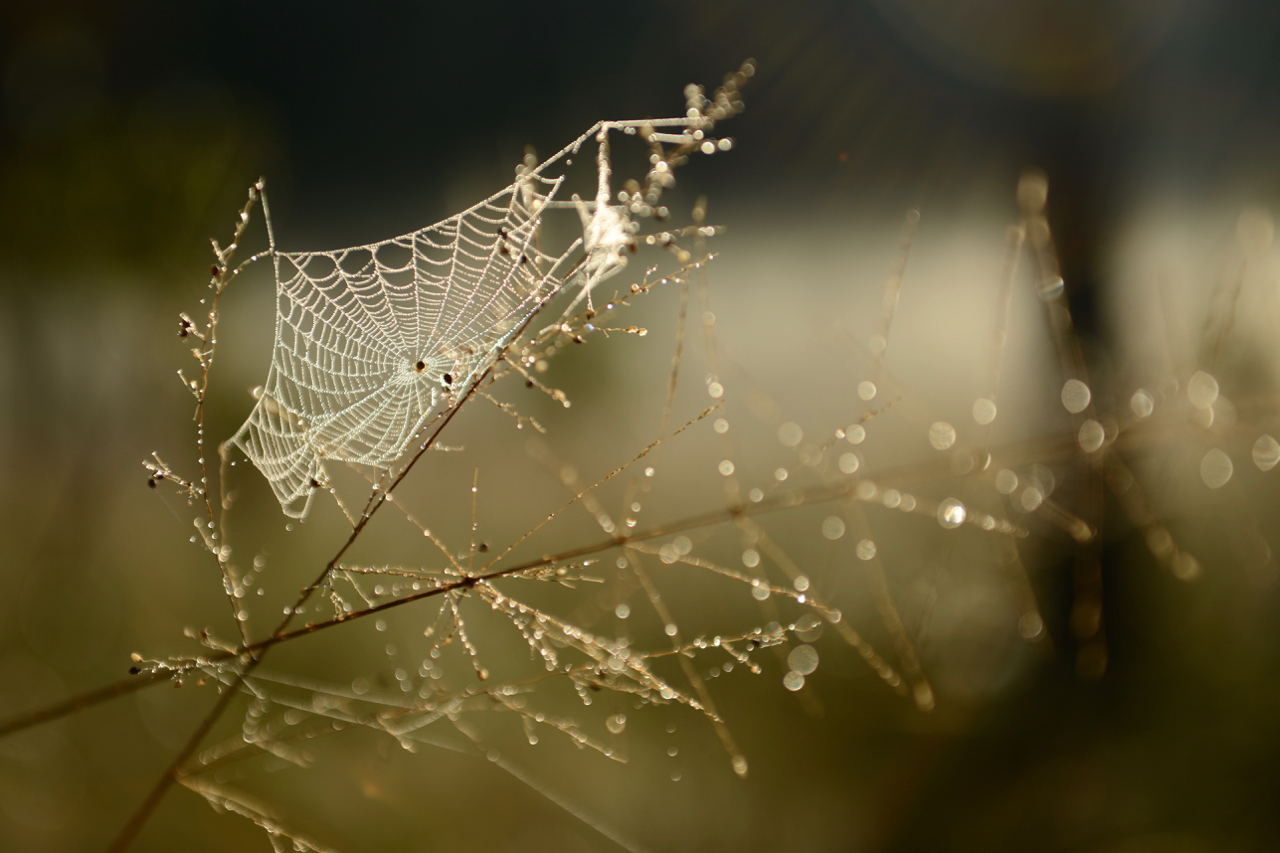In April of 2017 I had the opportunity to spend a gnarly two weeks diving and shooting, deep in the heart of Angola. I was invited there by friend and colleague Chris Boyes, expedition leader for the National Geographic sponsored 'Okavango Wilderness Project'. It was a rare privilege to spend time camping near a series of lakes that the project was exploring, documenting, and researching. The water from these lakes leads to, and ultimately forms the famed Okavango Delta - it's for this reason that the project is focusing on learning more about the lakes as they are potentially under threat by agricultural and industrial developments. These developments in Angola could have a massive knock on affect on the delta in neighbouring Botswana. My job was to document the lakes to demonstrate their beauty and biodiversity. I went armed with a Sony A7S mk2 in Nauticam Housing with a couple of lenses and aimed to paint a portrait of the lakes.
This also turned out to be an opportunity to work with an exceptional group of young people that are facing challenges including fields of land mines (left behind after the civil war) and near impassible roads, as well as swarms of bees and aggressive ants. All in order to explore, research and document the source lakes. By far the biggest challenge were the bees. Within minutes of arriving at some of the dives sites, we would start getting buzzed by one or two, and then the numbers would build. Within a few hours we would be inundated. Everything would be covered in them - dive gear, cameras, clothes, lunch, with all team members getting stung at least once, and the record being somewhere around 50 stings over a few weeks - including one to the throat which came from a bee that had crawled into the unsuspecting divers' regulator!
The lakes had never been scuba dived before, which on it's own was enough of a lure to want to get out there, but working on a filming assignment that was to have direct conservation impact was also very exciting.

